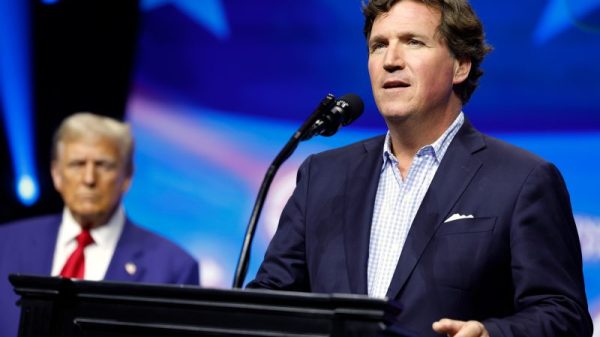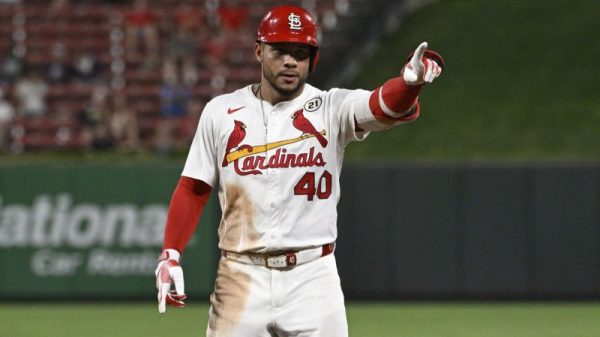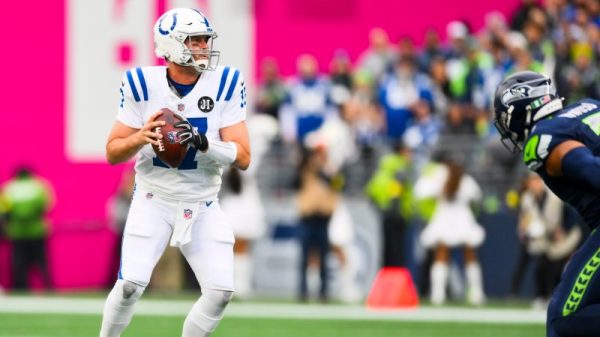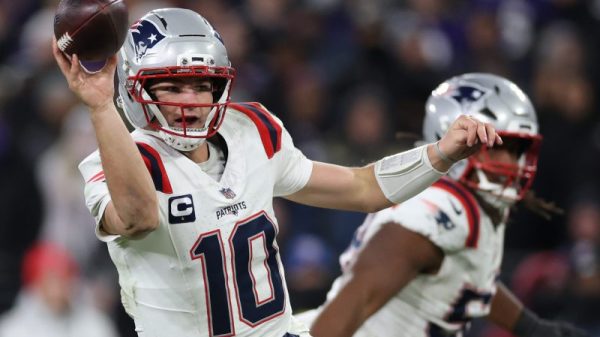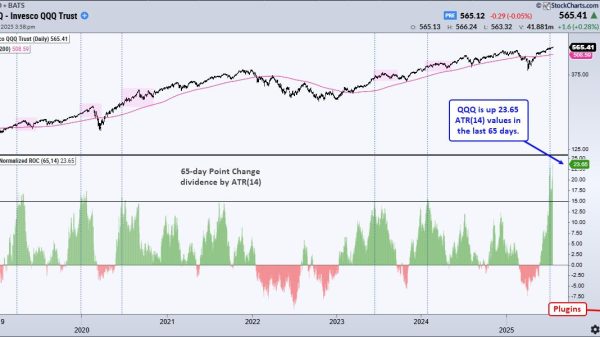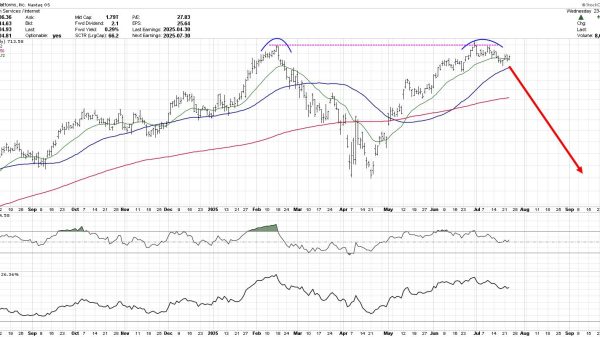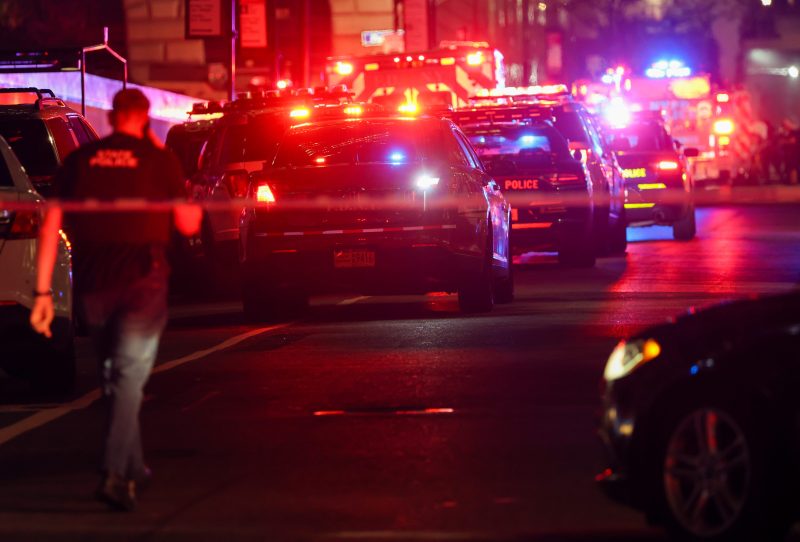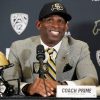A mass shooting in New York City perpetrated by a former high school football player, Shane Tamura, has brought renewed attention to the NFL’s handling of head trauma and CTE.
Tamura, who left a note claiming he had CTE, killed four people and wounded another before taking his own life.
The NFL has faced criticism and lawsuits for allegedly misleading players about the risks of CTE and for using race-norming in concussion settlement evaluations.
The mass shooting in New York has once again put the spotlight on the National Football League’s troubling history with how the league deals with head trauma, and more recently, the links with playing football and chronic traumatic encephalopathy (CTE), a degenerative brain disease linked to repeated blows to the head.
New York police say Shane Tamura, a 27-year-old Las Vegas resident who played high school football in the Los Angeles area, killed four people, including a New York City police officer, before turning the gun on himself. Mayor Eric Adams said Tamura targeted the league’s headquarters in New York, leaving a note claiming he had CTE.
Tamura also wounded an NFL employee, as police said upon entering the building at 345 Park Avenue in midtown Manhattan, Tamura took the wrong elevator and ended up in a place not originally targeted.
The NFL has been accused of misleading its players about CTE. Thousands of former players have claimed the NFL tried to cover up how football inflicted long-term brain injuries on many players. Here is a look at that history.
Jacked up
While now the league is cognizant of head trauma and has curbed its rules toward the protection of its players, especially the quarterbacks, there was a time when that wasn’t the case. The NFL marketed and sold video highlighting the hardest hits.
Once such video, ‘The Best of Thunder and Destruction: NFL’s Hardest Hits,’ was released in 1992. Its description, in part, says ‘An all-new look at pro football’s greatest hits – and the game’s hardest hitters. Find out what makes the NFL’s most punishing personalities tick – and what makes them ATTACK! The most memorable tackles in League history are recalled in a rough and tumble review of the League’s ‘hit parade,” and it names two players, Pro Football Hall of Famer Steve Atwater of the Denver Broncos and former New Orleans Saints linebacker Pat Swilling, to emphasize its point.
More recently, former ESPN analyst Tom Jackson hosted the segment called ‘Jacked Up!,’ on ‘Monday Night Countdown,’ highlighting the biggest hits from the weekend’s games, with the panelists gleefully repeating the name of the segment when a player delivered a punishing hit. That segment ended after the 2006 season.
Legal battle
The NFL has repeatedly said it cares about the health and welfare of its players. But the league met its reckoning in August 2011, when several players, including lead plaintiff Ray Easterling, sued the league in a class-action lawsuit over how it handled head injuries and accused the NFL of trying to hide links between playing football and brain injuries. It added that the NFL taught players to hit with their heads when engaging an opponent.
Easterling died by suicide in April 2012 at age 62, and the NFL and the players agreed the next year to a $765 million settlement, agreeing to pay for victims’ medical exams and continue research to study the issue of head trauma. Part of the settlement allowed the league to admit no wrongdoing.
But the Washington Post, in a 2024 report, said the NFL hasn’t been holding up its end of the deal, using medical loopholes to try to get out of covering costs.
At the time of the report, the Post said about 900 settlement claims had been approved by the NFL, while another 1,100 were rejected, including ‘300 involving players who were diagnosed by the settlement’s own doctors.’ The Post claimed the collective value of these dementia claim denials could be more than $700 million.
Race norming
While players were struggling to get the funds they needed to treat their respective brain injuries, another issue came to the forefront, as the term race-norming became part of the conversation.
Race norming is the practice of the adjustment of medical test results or medical risk assessments based on a patient’s race. In this case, two players, Kevin Henry and Najeh Davenport, accused the league of discrimination based on race, where it made it harder for Black players to qualify to receive part of the settlement award based on race-based adjustments to neurocognitive test scores.
The baseline for the tests, called binary race norms, has been around for four decades and used different cognitive test baselines when tests were administered on Black and White players, but came with the assumption that Black players started with a lower cognitive function than the white players. Some scholars have said the practice is tantamount to slavery.
That simple discrepancy eliminated thousands of Black players from receiving any monetary compensation to treat their condition.
The NFL acknowledged race-norming, saying in a statement, ‘We look forward to the court’s prompt approval of the agreement, which provides for a race-neutral evaluation process that will ensure diagnostic accuracy and fairness in the concussion settlement.’


